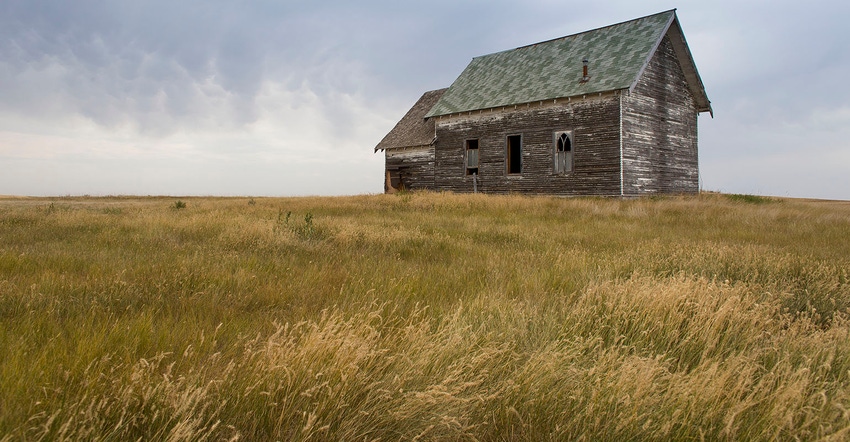September 10, 2020

New research from the University of Wisconsin, Madison, finds that the United States is losing an average of more than 1 million acres of grassland habitat to cropland each year.
The study documents this conversion and where it occurred, with many areas outside the primary grain-producing states of the Midwest and Great Plains impacted.
“The ongoing destruction of our nation’s native prairies highlighted in this research shows that existing policies have failed to protect a cherished American landscape,” said Aviva Glaser, director of agriculture policy at the National Wildlife Federation. “Without a national strategy to protect and enhance grassland habitat, our last remaining native prairies are at risk of vanishing forever, along with the many plant and animal species that populate them. Federal policymakers should combat this troubling trend by establishing a North American Grasslands Conservation Act, modeled after the North American Wetlands Conservation Act, to stop habitat loss and ensure healthy landscapes for future generations.”
The passage of the North American Wetland Conservation Act in 1989 and President George H.W. Bush’s No Net Loss policy have been credited with helping reverse the decline in U.S. wetlands, yet no such initiative exists for grasslands. Changes to the Farm Bill, such as increased funding for grassland easements and a National Sodsaver policy could also help to stem the tide in grassland loss.
The research, published in the peer-reviewed journal Nature Communications, contained the following findings:
Grasslands, wetlands, and forests continue to be cleared at a rate of more than 1 million acres per year across the United States during the study’s timeframe of 2008 to 2015.
Although conversion rates declined during the period in some states like Illinois, Iowa, and Minnesota, they remained elevated in others such as Kentucky, Missouri, and the Dakotas.
Conversion disproportionately impacts the highest-quality habitat, including waterfowl nesting locations that had 40% greater duck accessibility and grasslands that hosted three times as many monarch butterfly resources than typical land, amplifying the negative effects of conversion on affected species.
The contribution of grassland conversion to Monarch habitat loss is more than 10 times greater than previously estimated, with nearly 30 million milkweed stems lost per year across the butterfly’s Midwest breeding range, threatening population recovery efforts.
Land converted to crop production generated significantly lower yields than existing cropland, thus providing diminished benefits to society while still incurring substantial costs to agricultural producers, wildlife, and the environment.
Find the report here.
Source: National Wildlife Federation, which is solely responsible for the information provided and is wholly owned by the source. Informa Business Media and all its subsidiaries are not responsible for any of the content contained in this information asset.
Read more about:
ResearchYou May Also Like




